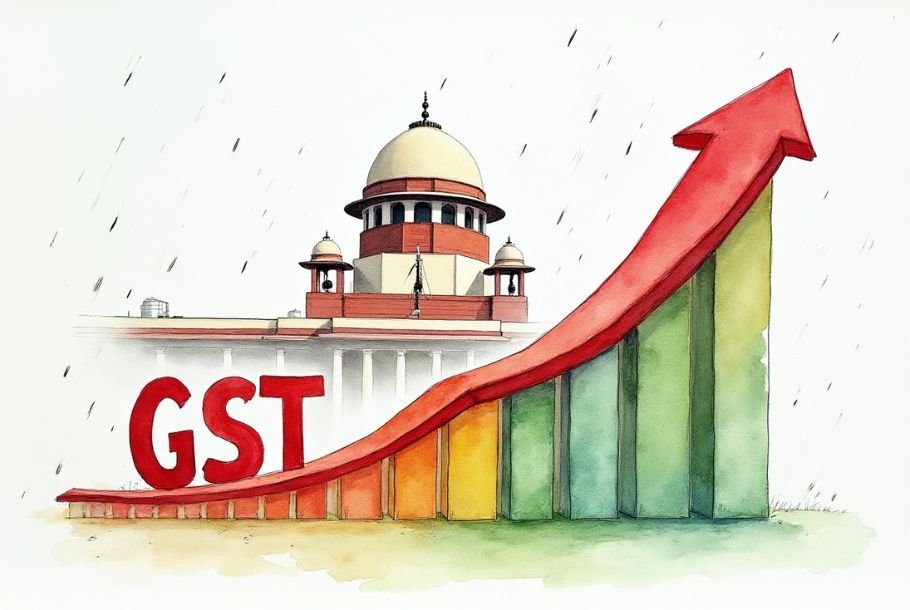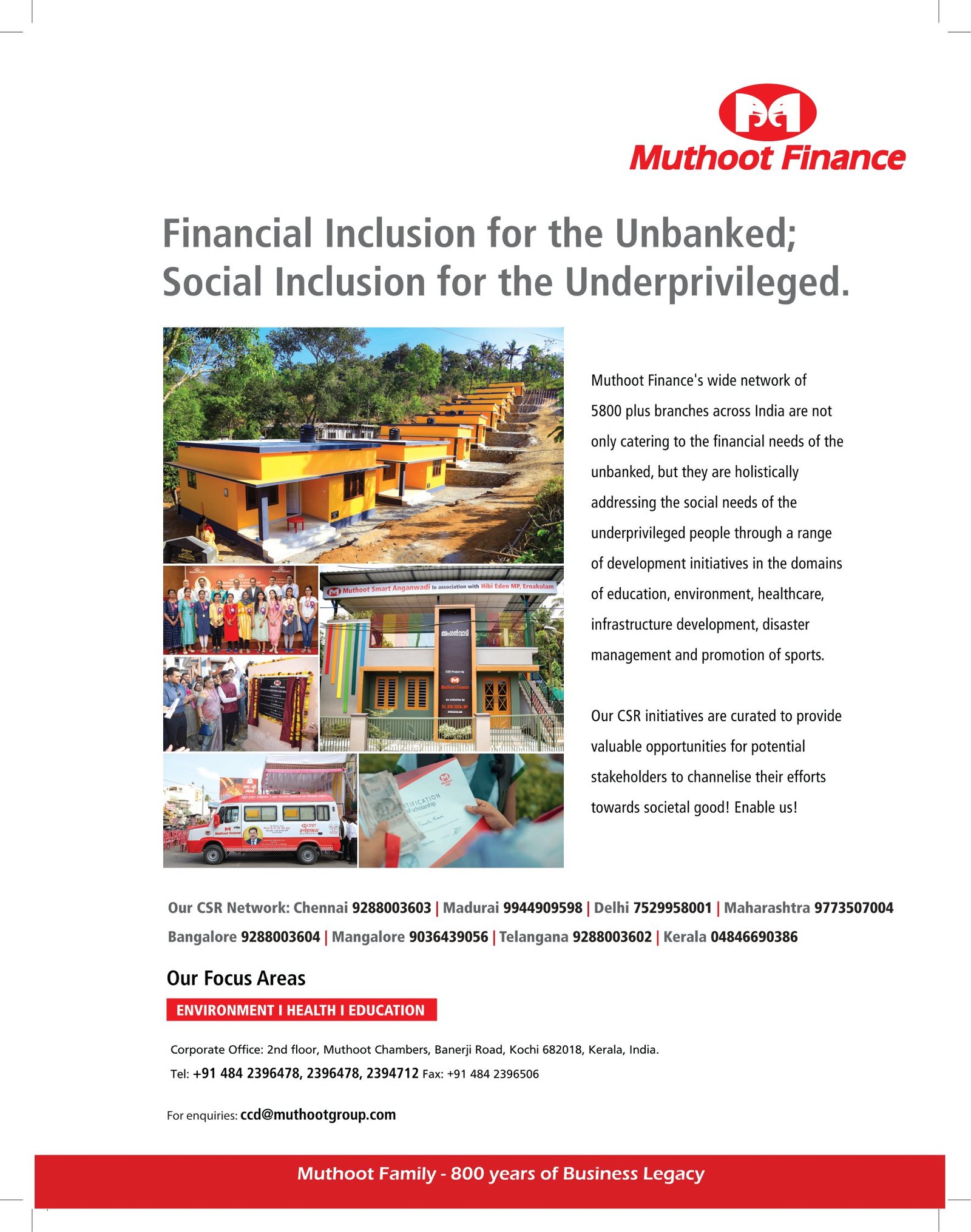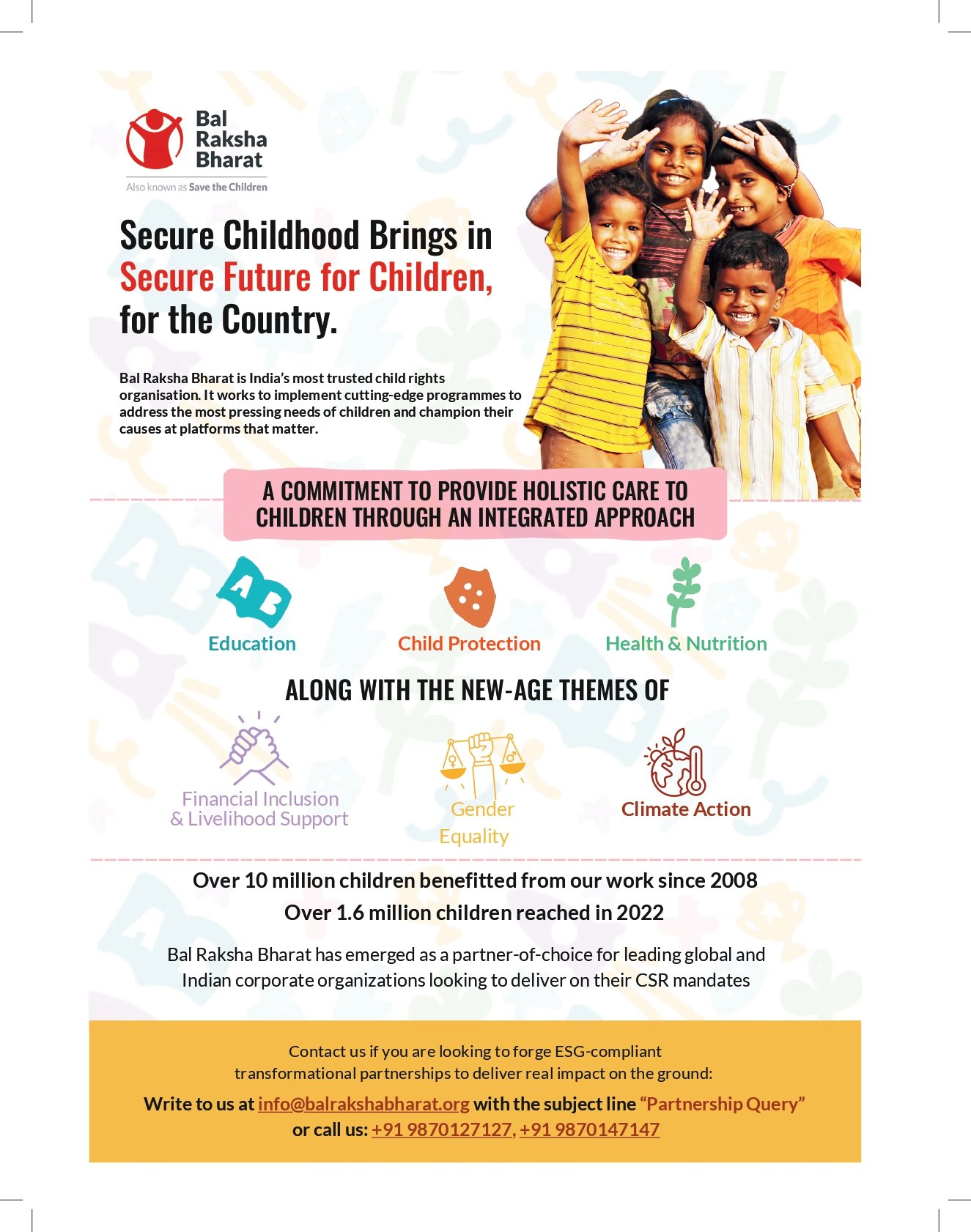
Introduction:
In today’s digital world, social media has become both a necessity and a threat for children. Though the term ‘Social Media’ is not defined in law, generally speaking it means websites and applications that enable users to create or be part of any online community and to create and share content with other users or to participate in social networking. Example of Social Media Includes Twitter, Instagram, WhatsApp, etc. While it offers educational resources, global connectivity, and creative expression, excessive and unsupervised use comes with severe risks. Recognizing these concerns, countries worldwide, including India, are implementing regulations to ensure a safer digital space for minors. India’s move to mandate parental consent for minors under 18 to create social media accounts is a step in this direction. This article explores the benefits and dangers of social media for children, India’s regulatory efforts, and the role of social media platforms in child safety.
Social media serves as a gateway to learning, social interaction, and digital literacy for children. It provides exposure to diverse cultures, facilitates communication with family and friends, and enhances creativity. However, the negative consequences are alarming. A study by LocalCircle (November 2024) revealed that 47% of urban Indian parents reported their children spend over three hours daily on social media, online gaming, and video streaming. Excessive screen time can lead to reduced physical activity, sleep disturbances, and mental health issues such as anxiety and depression. The same study found that one in two urban Indian parents believe digital addiction makes children aggressive, impatient, and lethargic.
Academic performance also suffers due to excessive social media use. More concerning is the rise in cybercrimes against children. The National Crime Records Bureau (NCRB) reports that cyber offenses against children including child pornography, cyber blackmail, and online harassment have increased by 500% between 2019 and 2022 (Crime in India Report, 2023). These statistics highlight the urgent need for stronger digital safety measures.
Efforts to Regulate Social Media for Minors:
To mitigate risks, many countries are imposing stricter social media regulations. In November 2024, Australia banned social media access for children under 16, with strict penalties for non-compliant platforms. France introduced legislation in 2023 requiring parental consent for minors under 15, while Germany enforces similar rules for users aged 13 to 16. Norway is considering raising the minimum age of consent for social media use to 15. These global efforts reflect growing concerns about children’s online safety.
India is following suit by operationalizing the Digital Personal Data Protection (DPDP) Act, 2023. It is in the process of finalizing Rules for implementation of DPDP Act, 2023. The draft DPDP Rules, 2025 aim to safeguard personal data, enable informed consent, and strengthen accountability for social media platforms. A key provision under debate is the requirement for verifiable parental consent for users under 18. While this initiative seeks to enhance child safety, it has sparked mixed reactions.
Supporters of India’s parental consent mandate argue that it will create a safer online space for minors by involving parents in their children’s digital activities. Given children’s curiosity and lack of caution, they are particularly vulnerable to cyber threats. This measure aligns with global efforts to protect minors from harmful content, cyberbullying, and data exploitation while making social media platforms more accountable.
However, critics question the practicality of enforcing such a rule. Managing consent and implementing robust age-verification mechanisms pose practical challenges for businesses. Moreover, setting the threshold at 18 could exclude teenagers from valuable online resources and social interactions. Some experts suggest lowering the age limit for consent to balance safety with access to digital opportunities. Critics also warn that stringent age restrictions might lead children to create fake profiles or bypass regulations using alternative methods.
Age-appropriate Approach:
What should be the age limit for social media, and how should it be determined? Is there scientific evidence to guide this decision? Research in this area is often lacking. Another critical aspect is social media’s ever-evolving nature. Initially meant for networking, it now facilitates financial transactions and gaming, either directly or through integrations. This makes it essential to adopt an age-appropriate approach to access and content regulation. Creating social media platforms tailored for specific age groups, with strict content monitoring, could be a viable solution to ensure a safer online experience for young users.
Keeping Children Safe Online: A Joint Responsibility:
Social media companies must take greater responsibility for protecting children online. Implementing stronger age-verification mechanisms, enhancing AI-driven content moderation, and preventing access to inappropriate content should be priorities. Companies can think of creating separate child-friendly or children-specific social media platforms with access to age-appropriate content. Many platforms offer parental controls, screen time limits, and content restrictions, but these measures need stricter enforcement.
Awareness campaigns on digital etiquette, cyberbullying prevention, and data privacy should also be integrated into social media platforms. By educating children on online safety, tech companies can contribute to responsible digital engagement.
Regulatory efforts alone are insufficient; parental involvement plays a crucial role in safeguarding children. Parents should set screen time limits, monitor online activities, and engage in open discussions about digital safety. Educating children about privacy, recognizing cyber threats, and responsible social media use can significantly reduce online risks.
Schools and governments should collaborate to introduce digital literacy programs, equipping children with the skills to navigate the online world responsibly. A well-balanced approach can ensure children reap the benefits of social media without falling prey to its dangers.
Conclusion:
Social media is a double-edged sword for children. While it fosters learning and social interaction, unchecked usage leads to addiction, cybercrimes, and mental health concerns. Countries worldwide are tightening regulations to mitigate these risks, with India taking significant steps through the DPDP Act, 2023. However, the success of these regulations hinges on practical implementation and striking a balance between safety and accessibility.
Beyond policy measures, social media platforms, parents, and educators must actively guide children toward responsible digital behavior. A collaborative approach—encompassing regulation, technology-driven safety measures, and parental supervision—can create a secure and enriching digital environment for children.
Bal Raksha Bharat (Save the Children, India) has been actively working to enhance online child safety through community engagement, policy advocacy and training programs. Its Cyber Safety Clubs in schools promote safe online practices, and it encourages youth participation in the Government of India’s Cyber Crime Volunteer Programme. Through such initiatives, we can supplement Government’s effort to foster a safer digital landscape where children can thrive without compromising their well-being and make India ‘Cyber Surakshit’.
By Ramakanta Satapathy


















